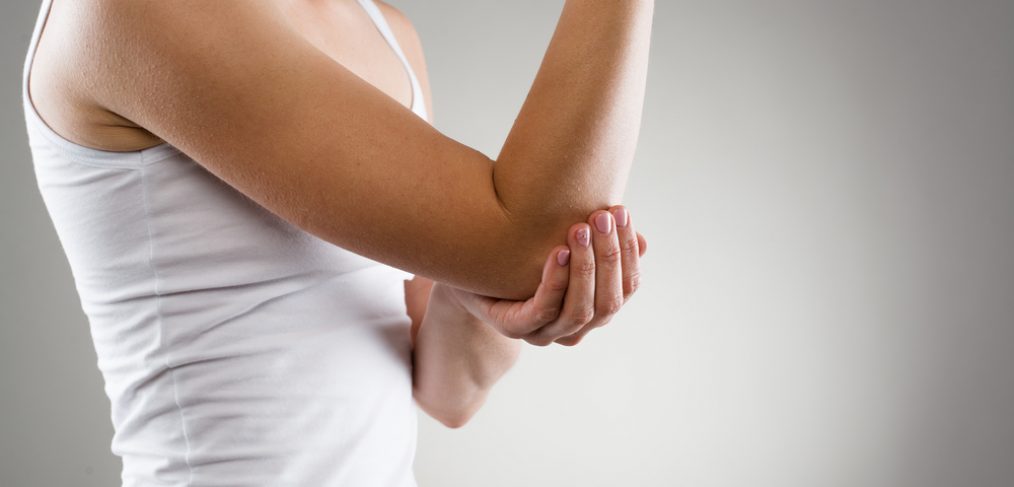
Carpal Tunnel & Golfer's Elbow
In order to determine where the carpal tunnel is, you should take a look at your wrist with your palm facing up and as you flex the wrist towards you, the area underneath the wrinkles is where the carpal tunnel is located. The carpal tunnel contains blood vessels, nerves and tendons which are the outer layers of muscles. Golfer’s elbow, also called medial epicondylitis, causes inflammation and pain in the tendons that connect the forearm to the elbow. Pain generally is focused on the bony area on the inside of the elbow but may also radiate outwards to the forearm. The best thing you can do is you develop golfer’s elbow is really just rest.
What Causes Golfer’s Elbow?
Golfer’s elbow and carpal tunnel are usually caused by the overuse of forearm muscles that involve gripping, rotation of the arms as well as flexing the wrists. Repeating these actions continuously often causes tiny tears in the tendons. Although the condition is called ‘golfer’s elbow’, it does not just affect golfers. Other activities that can lead to the condition are baseball (sometimes called pitcher’s elbow), tennis and bowling. Additionally, individuals can also develop the condition from overusing or incorrectly using tools like hammers, screwdrivers or while painting or raking. Many people will have heard the term ‘tennis elbow’ – both are forms of tendinitis, however, the difference is that golfer’s elbow is usually caused by tendons on the inside while tennis elbow is a result of damage to the tendons on the outside. Golfer’s elbow is also generally less common than tennis elbow.
Treatment of Golfer’s Elbow
The best thing you can do to treat your golfer’s elbow immediately is to apply ice to the affected area for around 20 minutes, anywhere from three to five times a day. You should also ensure to rest the injured elbow and refrain from any activities that may aggravate the condition. Pain medications should also be considered and doctors will often recommend an anti-inflammatory such as ibuprofen, naproxen or aspirin to help reduce the swelling.
Additionally, physical therapy can help relieve pain and hasten the recovery process. There are numerous prescribed exercises which can help and reduce stress to the elbow which in turn can minimize the chance of the condition re-occurring.
There have been numerous innovations in recent years which in more serious cases of golfer’s elbow involve using plasma rich protein injections to accelerate recovery. For individuals who still experience pain after three months or more, surgery may be required. These procedures will often remove damaged parts of tendons in order to promote the healing process. Some individuals may take up to 6 months to recover from a serious case of golfer’s elbow.
Preventing Golfer’s Elbow
The only thing you really can do to prevent golfer’s elbow is to avoid overusing the joint. If you feel pain during any activity or sport you should stop immediately before the condition worsens.



